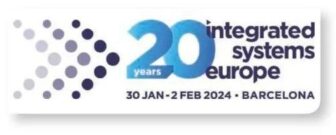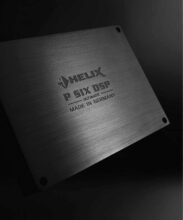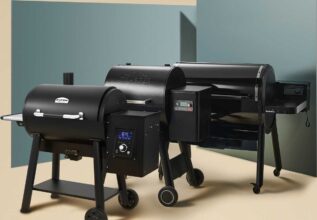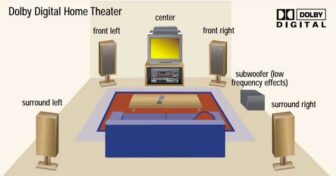Manage your files quickly and easily
Use Droplt to take the tedium out of file management.
PROJECT GOAL
File management
Use Droplt to easily carry out file and folder operations.
REQUIRES
Droplt
The software is open source.
Droplt is a tiny free tool that’s designed to speed up common file and folder operations such as copying, moving, renaming and encrypting. You can set it up to monitor selected folders automatically, or manually drag files and folders on to the Droplt icon, which floats above all other windows on the desktop.
Droplt uses a series of ‘associations’to select files, filtering them by name, type or even properties. It then performs a specific action on the selected files, which you can customise to suit your personal needs. You can set up multiple associations covering a wide range of files and types, and even organise your associations into profiles for specific tasks. If you regularly perform the same file-based tasks, you’re going to love Droplt.
Step-by-step: Get down with Droplt
Howto supercharge monotonous operations
1.Set up Droplt
Download and run Droplt from www.dropitproject.com. When installing tick ‘Launch Droplt’ at the end of the setup before clicking ‘Finish’. You’ll see an arrow appear on-screen – this is the Droplt tool, which floats on-screen above other windows. Click on it and drag it somewhere less distracting – a right-hand corner, for example.
2.Your first association
Droplt creates ‘associations’ that process files based on a set of rules. For our first example we’re going to create a simple association that moves any JPG file dragged on to the Droplt icon to your Pictures folder. Locate a JPG file and drag it on to the Droplt icon. Click ‘Yes’ when prompted, then give it a descriptive name to help you identify it.
3.Verify rules and action
The Rules box is already pre-filled with *.JPG, indicating that the association will only apply to files ending in JPG. Click the ‘Action’ drop-down menu to see a list of actions you can perform using Droplt. As this rule is designed to simply move all JPG files that are dragged on to the Droplt icon to your Pictures folder, leave ‘Move’ selected.
4.Complete action
Click the folder button next to Destination Folder to select your Pictures folder (if you try to select your Pictures library, Droplt will simply create a Pictures folder on the desktop for your files), then hit ‘Save’. The association isn’t performed immediately – click the ‘Play’ button and the file will be magically moved. Test with another JPG file.
5. Create second association
Right-click the Droplt icon and select ‘Associations’ to manage existing associations and create new ones. You’ll also see a Default drop-down menu. Clicking this reveals that Droplt supports profiles, allowing you to organise available associations depending on specific circumstances. For now, click’+’ to create another association.
6.Apply more complex rules
Each rule uses a set of filters to determine which files or folders to process. Click T to see examples of filters you can create based on the file or folder name. Use the * character as a wildcard for files, and ** for folders. Use / to exclude items. To apply multiple filters, separate each one with either a semi-colon or | character.
8. Actions: compress
Click the ‘Action’ box to reveal actions you can perform on a file -one action can be performed per association. ‘Compress’ packs together all the files selected by the filter into one archive file, for example. See how the final box changes depending on what option you select – for compressed files, click ‘Configure’ to choose an archive type, for example.
9. Actions: rename
The Rename option is good for quickly renaming digital camera photos that have unhelpful filenames, such as GEDC0500. jpg. After selecting ‘Rename’, click the book icon next to the file name to reveal a list of options that can be inserted into the renamed filename. Click ‘Images’ to see a list of naming options, including file dimensions and the date when the photo was taken.
11. Use profiles
Droplt supports profiles – collections of related associations that can be applied for specific purposes. The program includes a number of profiles with pre-built associations for a variety of uses, including creating music playlists and compiling text lists of files. To switch profiles, right-click on the Droplt icon and select your profile from the Profiles drop-down menu.
13. Manage profiles
To set up and manage profiles, right-click the Droplt icon and choose ‘Profiles > Customize’. Click’+’ to create a new one. Give it a suitable name, then click the ‘Search’ button to pick the icon that Droplt will use when the profile is selected. Alter its dimensions to change its size and use the Opacity slider to adjust transparency, if required. Click Save’ when you’re done.
To enable Droplt to monitor folders automatically, right-click the Droplt icon and choose ‘Options > Monitoring’. Tick ‘Enable scan of monitored folders! then click ‘Add’ to choose a folder using the folder button. Select the profile whose associations you want to process on any files in the selected folder and click ‘Save! Repeat for any additional folders you wish to monitor.






